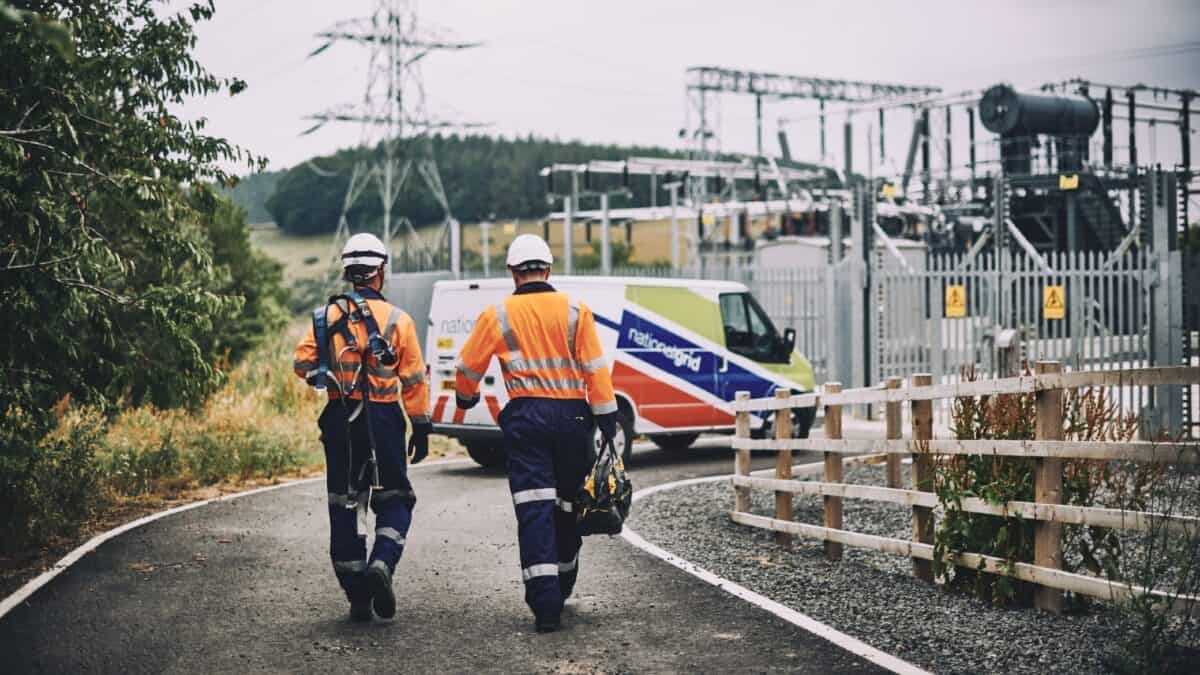The pandemic wiped trillions off the stock market. During 2020, shares in National Grid (LSE: NG) lost 9.1% of their value.
Since 2020, some stocks have made strong recoveries. But on the other hand, many companies have continued to struggle as they try to return to their pre-pandemic level of health.
I want to explore National Grid’s performance in-depth. How much would I have today if I’d invested £5k in the stock pre-pandemic? Let’s take a look.
Should you invest £1,000 in United Utilities Group Plc right now?
When investing expert Mark Rogers has a stock tip, it can pay to listen. After all, the flagship Motley Fool Share Advisor newsletter he has run for nearly a decade has provided thousands of paying members with top stock recommendations from the UK and US markets. And right now, Mark thinks there are 6 standout stocks that investors should consider buying. Want to see if United Utilities Group Plc made the list?
A solid return
This time in 2019, a share would have set me back 836p. Currently, the share price sits at 1,095p. That’s a gain of 31%.
This means my five grand would now be worth £6,555, leaving me with £1,555 in profit. That’s not bad.
Clearly, the stock has managed to bounce back strongly from its pandemic woes. Over the same period, the FTSE 100 has risen 15.4%. If I’d invested in National Grid instead of buying an index tracker, safe to say I’d be happy with my decision.
Where next?
But that impressive gain has me thinking: where could the National Grid share price go in the next five years?
Well, there’s all the chance it keeps rising. National Grid is a defensive stock. What it provides (electricity and gas) has a steady demand regardless of the economic environment. Even during the pandemic people still needed electricity. To add to that, National Grid has a large monopoly in the industry, providing it with a moat.
That’s why I think it could be a smart buy now. We’re facing pressure from inflation and high interest rates, which has sparked economic uncertainty. As such, I’m keen to add more defensive stocks to my portfolio for the months and years to come. I think they could be top performers.
Passive income
When looking at its return over the last five years, I also left out a major factor. That’s the passive income I would have received from its 5.2% dividend yield.
Assuming that yield, my return would have been £8,036, meaning I would have made £3,036 in profit. That’s on the assumption I reinvested my dividends along the way.
Its dividend has seen steady growth over the last decade. Ten years ago, it was 4.7%. Looking forward, it’s expected to rise to 5.8% in the next three years.
The risks
Of course, investing in National Grid does come with risks.
For example, the company has a lot of debt on its balance sheet. It currently sits at £46bn. With higher interest rates, this will only be more difficult to pay off.
In addition to that, providing energy is capital-intensive. It requires a lot of investment in infrastructure, which could be costly for the company.
One to buy?
But even considering these risks, National Grid is a stock I’d buy today if I had the cash. As it has proved, it has the ability to perform strongly through tough trading environments. That’s the sort of business I want to own.
What’s more, I’d be happy to receive a handsome stream of passive income along the way.








